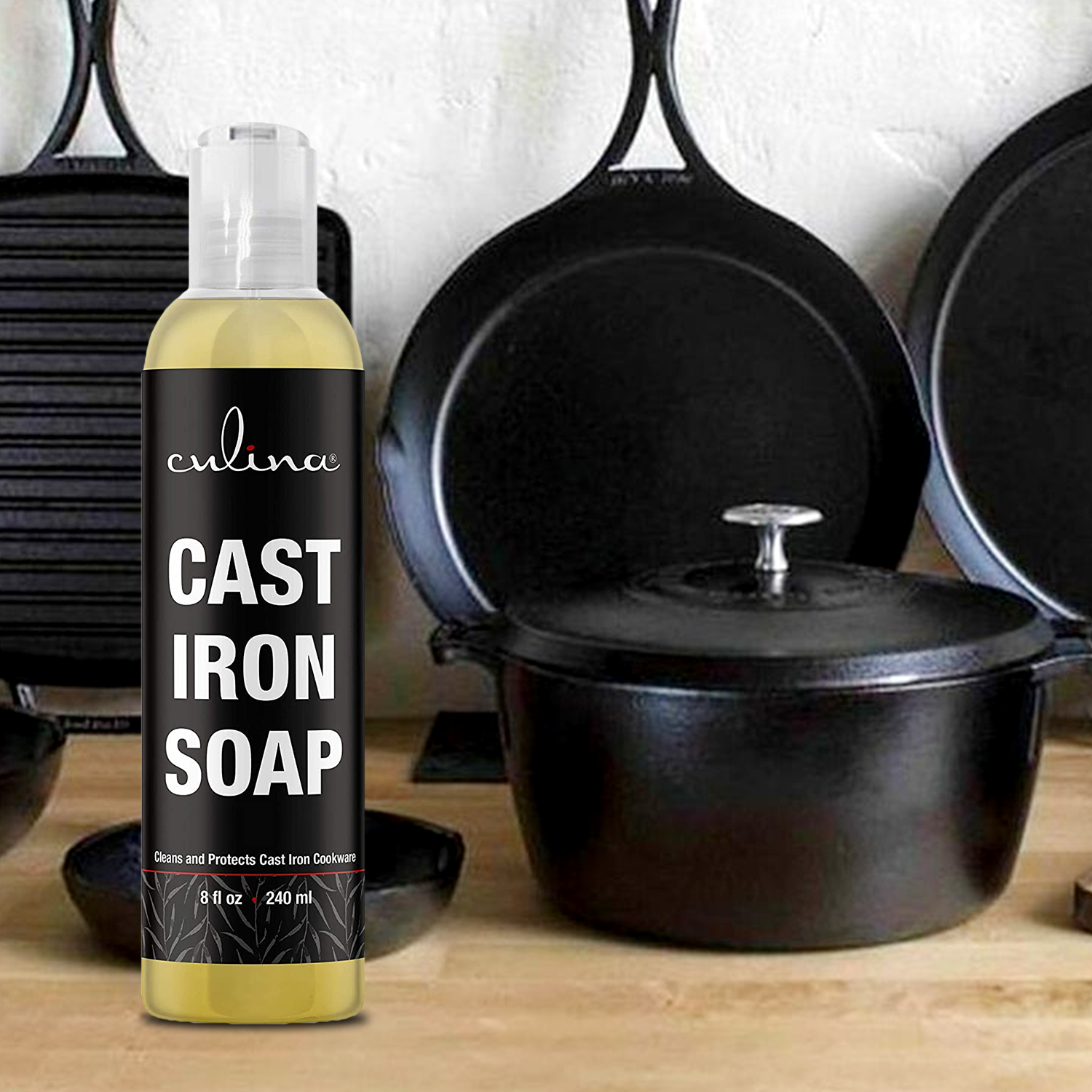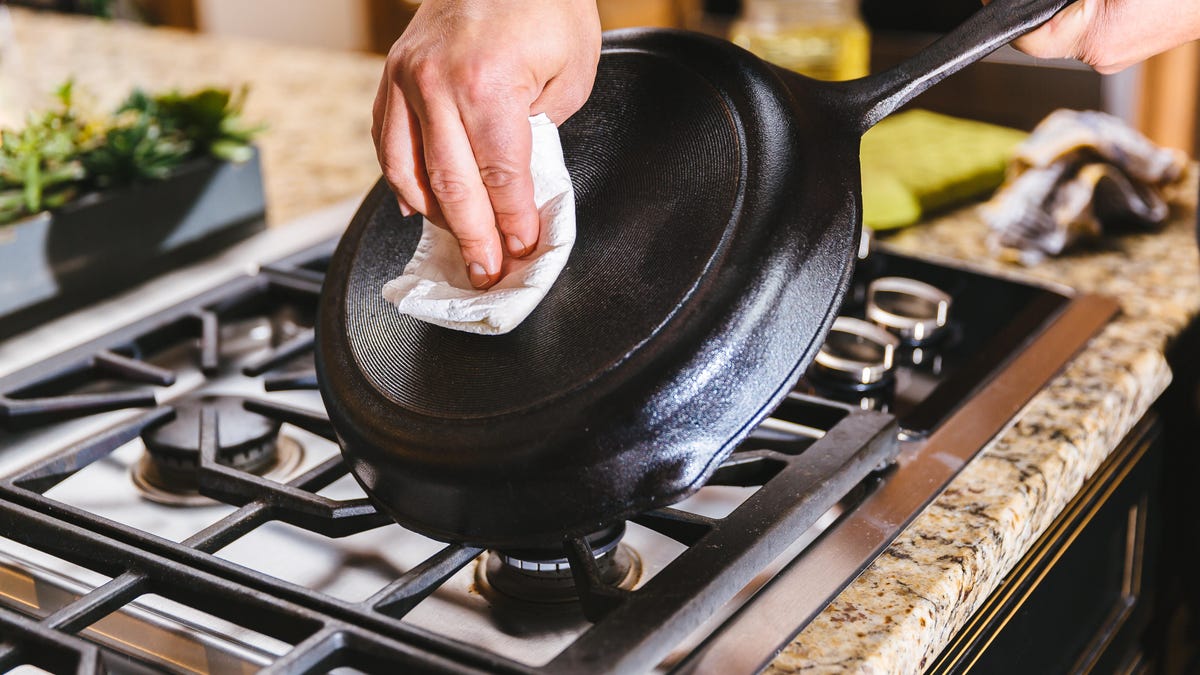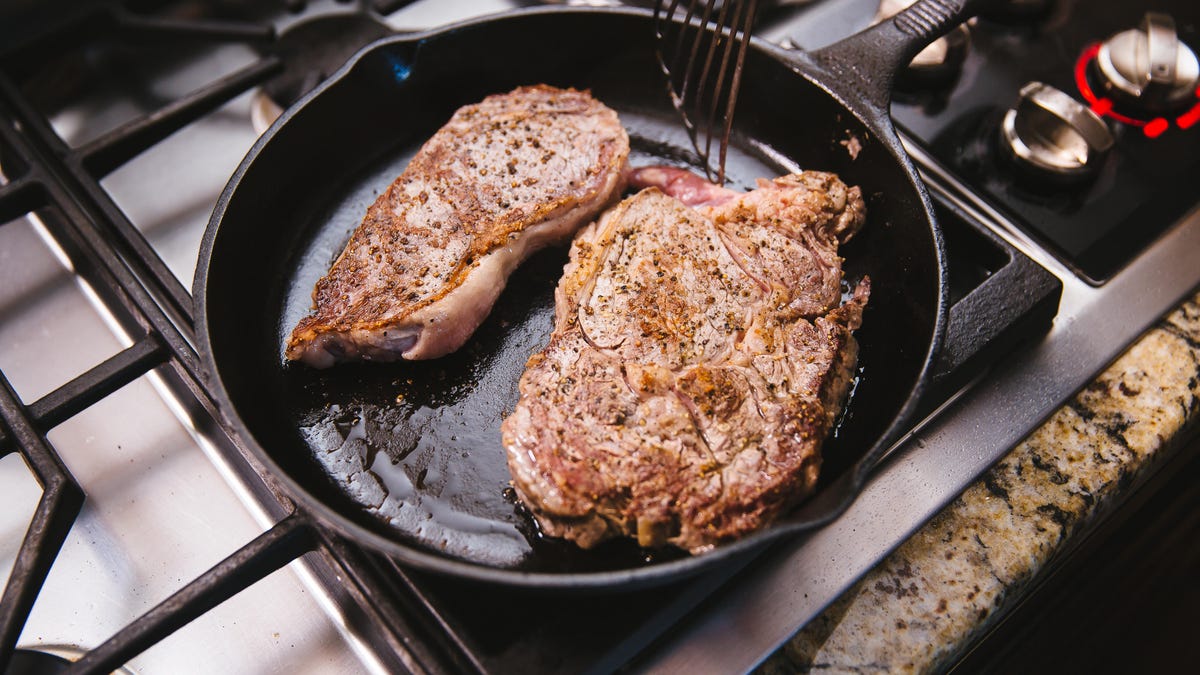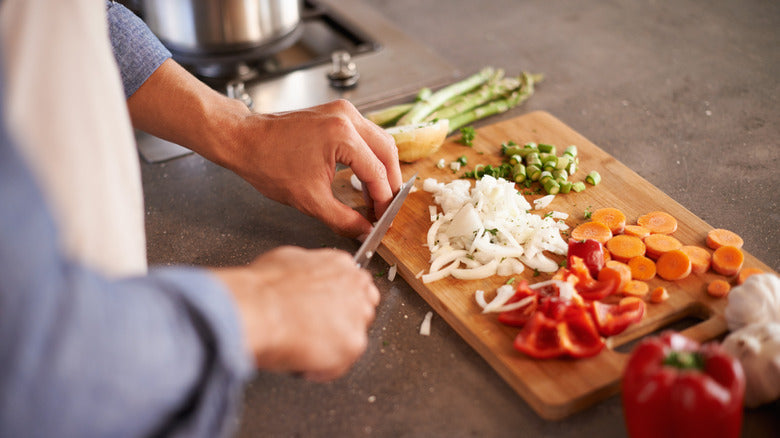Cooking bacon in a cast iron skillet is an essential technique that every culinary enthusiast should grasp. This method yields irresistibly crispy and flavorful bacona feat thats difficult to achieve with other cooking methods. In this guide, well explore how to master bacon cooking in a cast iron skillet, offering insights, strategies, and the culinary science that contributes to the ideal bacon.
A cast iron skillet doesn't just impart flavor; it ensures even heat distribution, which is crucial for cooking bacon to a perfect, golden crisp.

Diving into Cast Iron Cookware
Before we dive deeper, it's important to understand the distinct characteristics of cast iron cookware. These skillets are famous for their ability to retain heat, making them ideal for frying bacon. Here are a few essential points:
- Heat retention: Cast iron skillets excel at holding heat, resulting in consistent cooking.
- Natural non-stick surface: When properly seasoned, cast iron develops a naturally non-stick surface that's perfect for bacon.
- Versatility: You can use them on the stovetop, in the oven, or even over an open flame, enhancing their usefulness in the kitchen.

Gathering Your Ingredients
To begin, youll need:
- Your favorite bacon (opt for thick-cut if you can)
- A well-seasoned cast iron skillet
- Some paper towels
- A spatula
Make sure your bacon is roughly at room temperature; this helps it cook more evenly and render fat effectively. Prepare your workspace, as cooking bacon can get messy with grease splattershaving everything within easy reach is key.
:max_bytes(150000):strip_icc()/How-to-Season-Cast-Iron-Skillet-3x2-1-bcd280f1703e47e0a59bb62e86a0d53a.png)
Steps for Cooking Bacon in Cast Iron
Lets break down the step-by-step methods for how to achieve the perfect bacon in a cast iron skillet:
Step 1: Preheat the Skillet
Begin by placing your cast iron skillet on medium heat. Preheating is essential, as it allows the bacon to sear properly, sealing in flavor and moisture.
Step 2: Lay Down the Bacon
Once the skillet is hot, place the bacon strips in a single layer, avoiding overcrowding. Too many strips can cause steaming rather than frying, so consider cooking in batches if necessary.
Step 3: Cooking Process
Cook the bacon for about 6-8 minutes while flipping occasionally with your spatula to ensure even cooking. Keep an eye on the color and rendering fat.
Step 4: Manage the Grease
As the bacon cooks, it will release grease. You may want to drain some of it halfway through if the bacon starts swimming in fat; this step is flexible based on your preference for crispiness.
Step 5: Check for Crispiness
Cook the bacon until it reaches your preferred level of doneness; many chefs agree that perfectly cooked bacon is crisp yet has a tender bite, often a deep golden brown.
Step 6: Drain and Serve
Using tongs or a spatula, transfer the bacon to a plate lined with paper towels to soak up any excess grease.
Step 7: Cleanup
Once you've finished cooking, allow your cast iron skillet to cool slightly. Pour any excess bacon grease into a heat-safe containernever dispose of it down the sink! Clean your skillet with warm water and a stiff brush, steering clear of soap to preserve its seasoning.

Tips for Perfect Bacon in Your Cast Iron Skillet
Here are several expert tips that could assist you in learning how to cook bacon flawlessly in a cast iron skillet:
- Seasoning: Keep your skillet well-seasoned, especially if it's new to you. This maintains an effective non-stick surface.
- Temperature: Avoid using excessive heat; this can create burnt edges while leaving the center raw. A medium setting works best.
- Flavor Variations: Feel free to experiment with different bacon types, such as smoked or maple-cured, to explore varying flavor profiles.
The Science of Cooking Bacon
A solid understanding of cooking science is vital for chefs. As bacon cooks, the heat causes the fat to render, resulting in that beloved crispy texture and rich flavor. The Maillard reaction occurs, further enhancing the savory taste.
As temperatures rise, the proteins in the bacon begin to brown, contributing to complex flavors. This intricate taste is what makes expertly cooked bacon a favorite in fine dining establishments.
Common Pitfalls to Avoid
As you refine your bacon-cooking technique, awareness of common mistakes is paramount:
- Skipping Preheating: This can lead to uneven cooking results.
- Overcrowding the Pan: This typically results in more steaming than frying, leading to soggy bacon.
- Using Too High Heat: Excessive temperature can quickly scorch the bacon while leaving it undercooked inside.
Maintaining Your Cast Iron Skillets
Caring for your cast iron skillet is crucial for its longevity. Here are some handy tips:
- After cooking, allow your skillet to cool a little before cleaning.
- Use hot water and a stiff brush to clean, avoiding soap to retain the seasoning.
- After drying, apply a light coat of vegetable oil to keep it in prime condition.
Conclusion
Cooking bacon in a cast iron skillet is an invaluable technique for every culinary aficionado. The combination of versatility, enhanced flavors, and even cooking makes cast iron the go-to for achieving exceptional bacon. By adhering to these methods and tips presented here, you can consistently whip up that perfect bacon strip.
For additional insights into cast iron cooking methods, check out this cast iron skillet guide. You can also discover more about cleaning wooden utensils, or learn about smoke points of various oils.
Additionally, find out grilling veggies for a perfect side dish.
FAQs
Can I use my cast iron skillet for other meats?
Definitely! A cast iron skillet is incredibly versatileperfect for cooking steaks, chicken, and even veggies with great results.
How can I season my cast iron skillet?
To season it, apply a thin layer of vegetable oil and bake it upside down in the oven at a high temperature for about an hour.
What should I do with leftover bacon grease?
You can store leftover grease in a jar in the refrigerator to use in future cooking or for adding flavor to dishes.
As an Amazon Associate, I earn from qualifying purchases.






Leave a comment
This site is protected by hCaptcha and the hCaptcha Privacy Policy and Terms of Service apply.